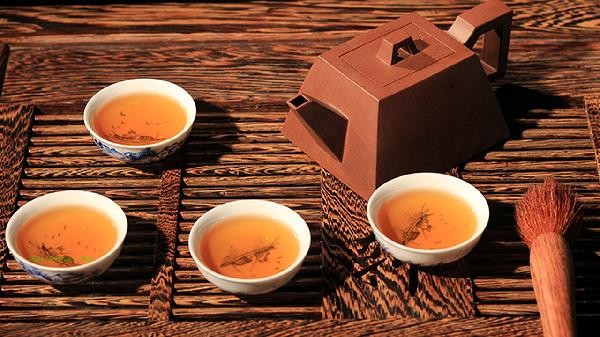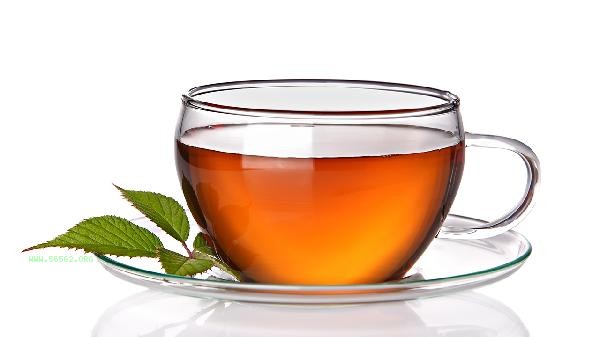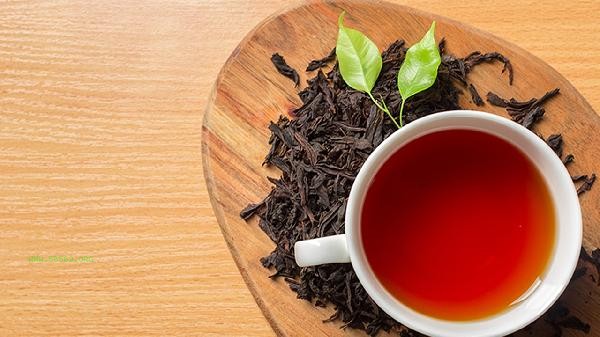Tea stains on enamel jars can be removed using methods such as baking soda, white vinegar, lemon juice, salt, or toothpaste. Tea stains are mainly formed by the combination of tannic acid and metal ions in tea leaves, and long-term accumulation may affect appearance and hygiene. Baking soda is an alkaline substance that can react with acidic components in tea stains. Mix baking soda and water into a paste, apply it to the tea stain and let it stand before scrubbing, which can effectively decompose the tea stain. This method is non corrosive to enamel surfaces and suitable for daily cleaning.

2. White Vinegar
The acetic acid in white vinegar can dissolve mineral deposits in tea stains. Soak the enamel jar in white vinegar or directly wipe the tea stain area, and use a soft cloth to quickly remove the stain. Be careful to avoid prolonged soaking to prevent damage to the enamel glaze.
3. Lemon Juice
Lemon juice contains natural fruit acids and vitamin C, and has a bleaching effect. Mix fresh lemon juice with salt and apply it to tea stains. Sunlight exposure can enhance the stain removal effect. This method is environmentally friendly and can remove stubborn tea stains.
4. Salt
The particles of salt have a physical friction effect, and when combined with a small amount of water, they form a grinding agent. Dip a soft cloth in salt and repeatedly wipe tea stains to remove surface deposits. Suitable for minor tea stains without damaging the enamel material.

5. Toothpaste
The friction agents and surfactants in toothpaste can decompose tea stains. Apply regular white toothpaste and let it sit before gently brushing with a toothbrush, especially suitable for stubborn tea stains on the edge of the cup mouth. Avoid using toothpaste containing particles to prevent scratching the surface.
After daily use, enamel cups should be rinsed in a timely manner to avoid the deposition of tea stains. The water temperature should not be too high during cleaning, and steel wire ball brushing is prohibited to prevent scratching the glaze surface. If the tea stains are stubborn and difficult to remove, you can try using the above methods alternately. After cleaning, rinse thoroughly to avoid residue. Long term maintenance of dryness and ventilation can reduce the probability of tea stain formation.









Comments (0)
Leave a Comment
No comments yet
Be the first to share your thoughts!